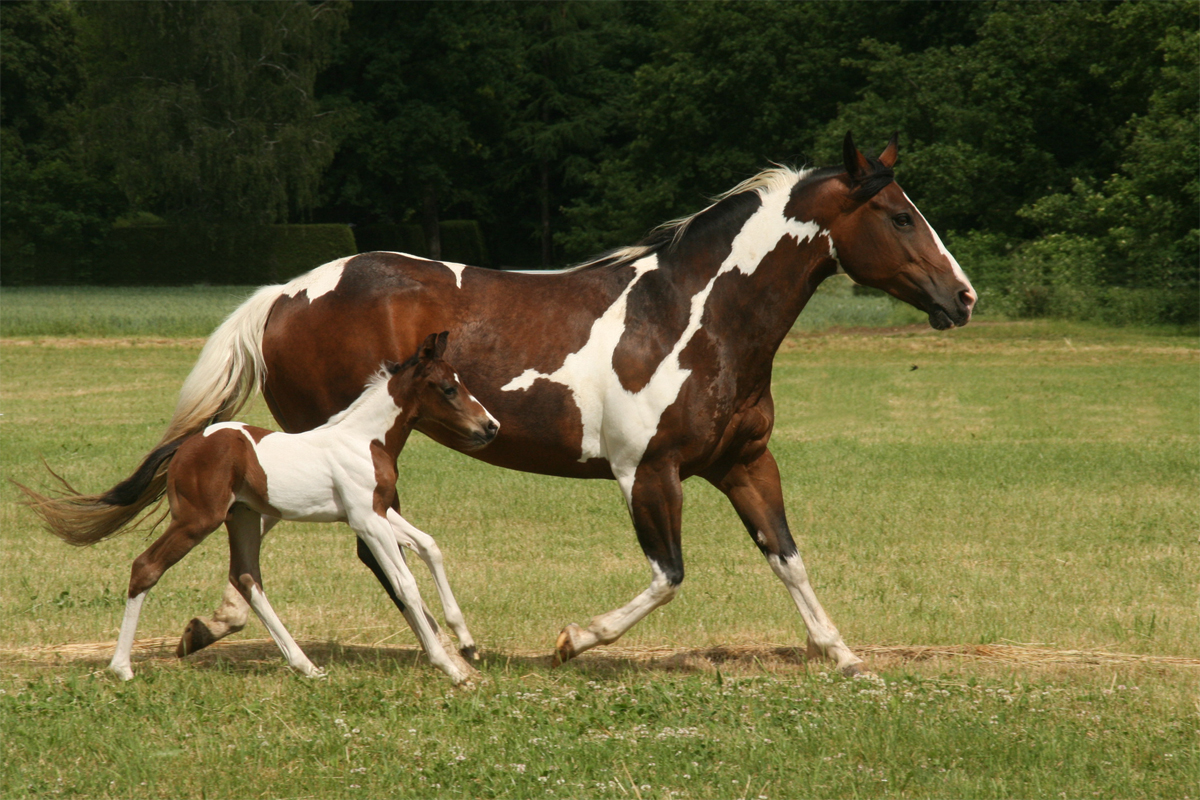

Many beginners learn to ride on one of these spotted beauties! Every Paint horse has unique markings.Ħ. They’re well known for their calmness and obedient nature. The breed is incredibly popular with over 1 million registered animals worldwide.ĥ. Those with spots can be classified as pintos though.Ĥ. Not every horse with spots is a Paint! In order to quality, the horse has to have Quarter Horse, Paint or Thoroughbred lineage.

It’s very unlikely that you’ll find two with the exact same coloring.ģ. Every Paint horse has unique markings and patterns. Paint horses carry a special gene that causes the white patterning.Ģ. Some people assume they’re white with colored spots, but that isn’t the case. Check out these neat facts and you’ll see why! 10 Facts About Paints They come in a variety of colors.ġ. When looking for your next horse, a Paint may be the perfect option. You can find this breed in a variety of disciples, especially western events. Most have loud coloring that makes them stand out in a crowd. Normally, there’s little or no roaning.It’s hard not to notice an American Paint Horse. For instance, on a dark-colored horse, the legs and bottom portion of the body are often white, with a white head and blue eyes. Splashed white: Splashed white is a spotting pattern that often makes the horse look as though it’s been dipped in white paint. He might sport a “roany” white that begins on his belly and reaches up his sides. The sabino’s base coat color isn’t solid, but mixed with white hairs – this looks like roaning, but it’s not. Some have so much white that color may appear only on his ears and chest (see medicine-hat coloration, below), or on the dock of his tail. Sabino: The sabino has an entirely different white pattern, usually including wide blazes and completely white legs. Or, he might be almost all white, showing base color only on his muzzle, ears, chest, and flanks. For example, this horse might have basic tobiano coloring, but with a bald or “apron” face. Tovero: The tovero horse shows both tobiano and overo characteristics. Where color meets white, the borders are often irregular, and the spots of color may be “bordered” (surrounded by a mixture of colored and white hairs). There’s typically a lot of white on his head overos may be bald-faced, apron-faced, or bonnet-faced. Overo: With the overo, the white originates on the horse’s underside, and rarely crosses his back. His mane and tail are usually two colors. His spots are regular and distinct, with clear borders. His head is normally like that of a solid-color horse, either solid or showing a star, snip, strip, or blaze. Tobiano: The tobiano (or “toby”) typically shows white over his back and up his legs it’s common for two, three, or all four of a tobiano’s legs to be white below his hocks and knees.
#PAINT HORAE PLUS#
Here’s a rundown of these patterns, plus a few common variations. Although Paints come in a variety of colors with different markings, there are only three specific coat patterns: tobiano, overo, and tovero. Markings can be any shape or size, and located virtually anywhere on the Paint’s body.

Each Paint Horse has a particular combination of white and any color of the equine spectrum: black, bay, brown, chestnut, dun, grulla, sorrel, palomino, buckskin, gray, or roan.


 0 kommentar(er)
0 kommentar(er)
